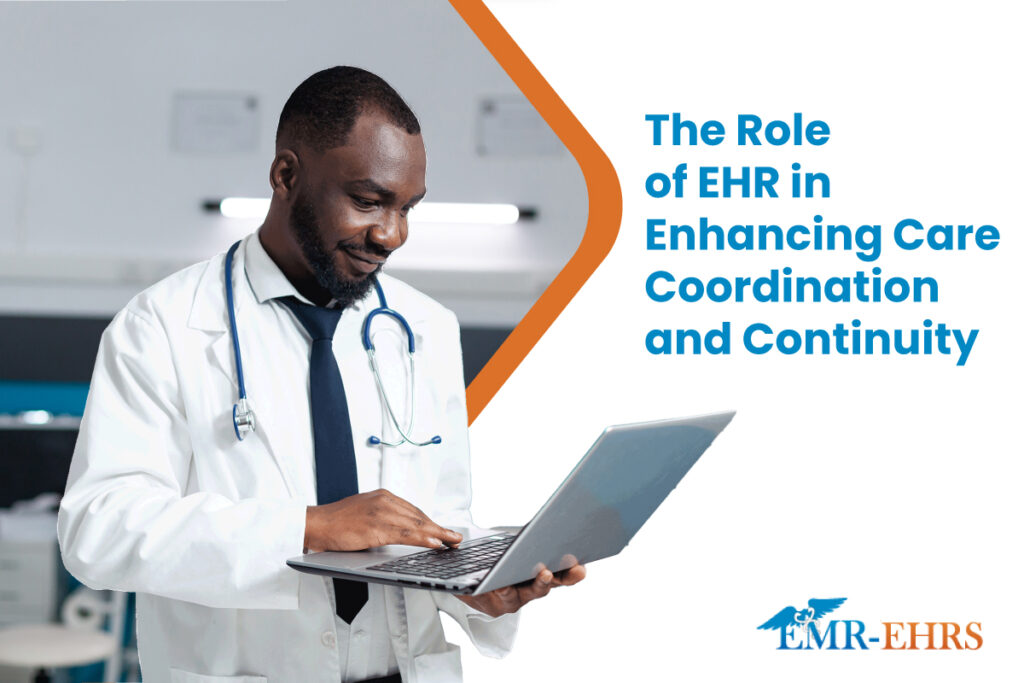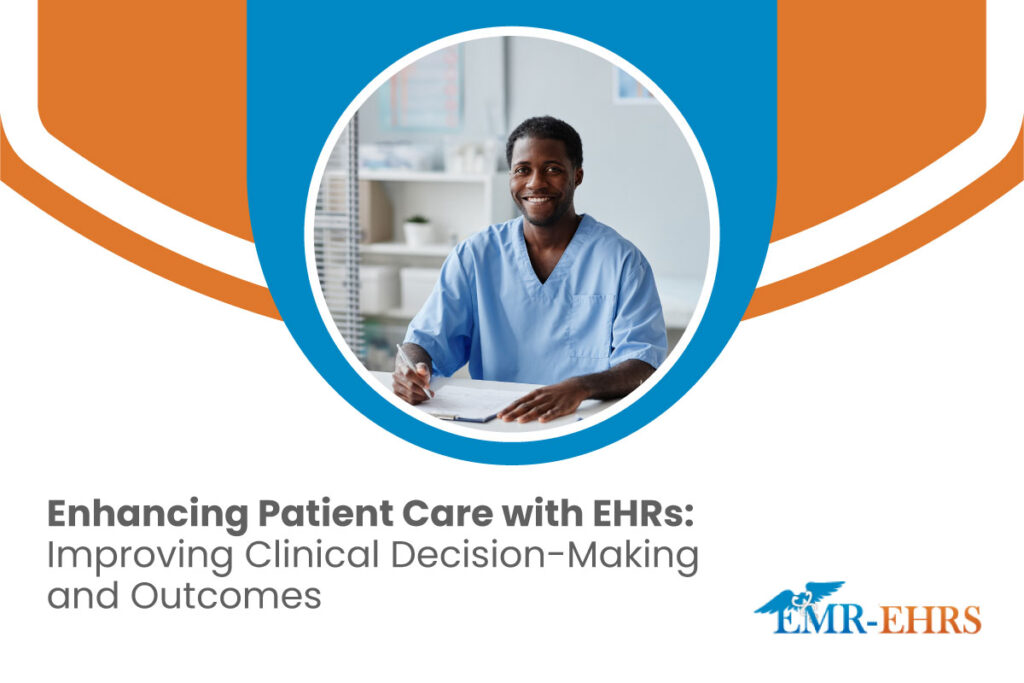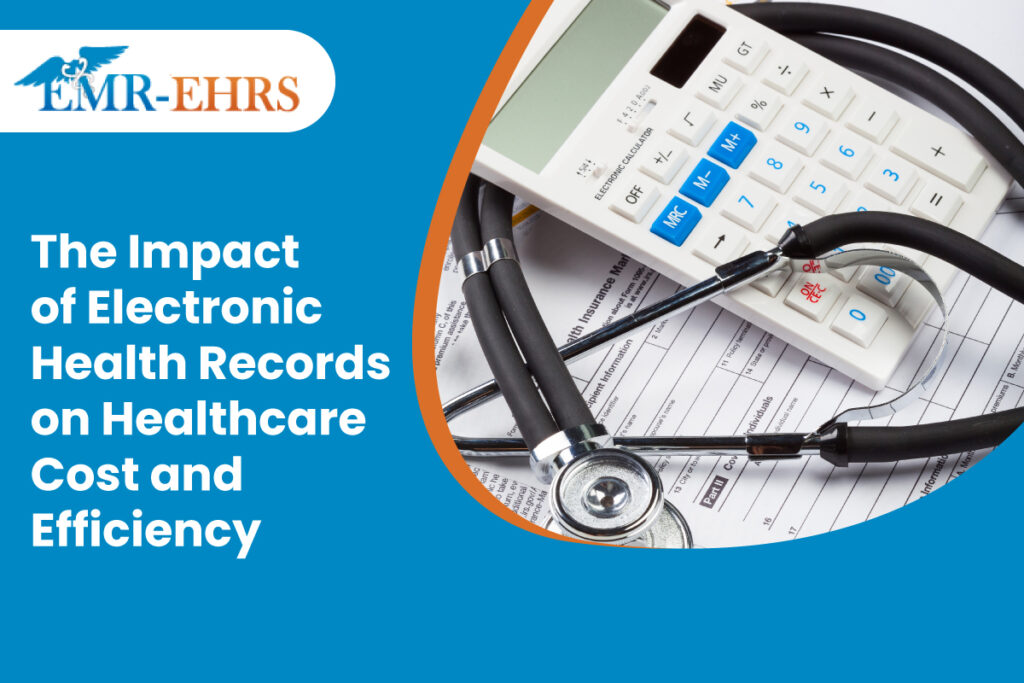Electronic Medical Records (EMR), the digital equivalent of paper charts, contain information about the medical history of each patient in a medical practice. The primary purpose of an EMR is to streamline clinical processes, allowing for efficient documentation, storage, and retrieval of patient information.
The shift towards EMR software isn’t just a trend – it is now integral to modern healthcare. It brings about efficiency, accuracy, and enhanced patient care, making it an invaluable tool for healthcare providers and institutions.
However, transitioning to EMR can be challenging for many organizations. But with the right knowledge and support, adopting a fully electronic solution could be your most straightforward step into success. Let’s see why an EMR software is vital for your practice’s future, and discover the steps to ensure a smooth transition.
Why Do You Need An EMR Software?
Due to the COVID-19 pandemic and with the rapid technological advancements in recent years, healthcare providers worldwide recognize the myriad of benefits an EMR system brings. But what exactly makes it so indispensable?
Efficiency and Accessibility
Traditional paper records are vulnerable to damage and loss and are challenging to organize and retrieve. EMR software digitizes patient information, making it instantly accessible with a few clicks. Whether a patient visits a clinic, hospital, or a specialist, healthcare providers can easily access their medical history, leading to a faster and more efficient patient care process.
Data Accuracy and Integrity
Handwritten notes are often illegible and are susceptible to errors. EMRs significantly reduce the chances of misinterpretation. Practice software solutions often have features that check for errors, ensuring patient data remains accurate and reliable.
Cost Savings
While there’s an initial investment involved in setting up an EMR system, the long-term benefits can lead to substantial cost savings. Reduced paperwork, fewer storage requirements, and streamlined administrative tasks will minimize operational costs in the long run.
Enhanced Patient Care
A comprehensive view of a patient’s medical history, including previous diagnoses, medications, allergies, and lab results, allows healthcare providers to quickly determine the best course of action. This holistic approach leads to better health outcomes.
Secure Storage and Backup
One of the significant risks associated with paper records is the potential to lose data to fires, floods, or other disasters. EMR software systems store data securely, often with cloud backup solutions, ensuring patient records are safe, secure, and easily recoverable.
Interoperability
Modern EMR systems can communicate and share information with other healthcare systems. This level of interoperability is vital when patients see multiple specialists or coordinate care across different facilities.
Regulatory Compliance
Using an EMR system ensures that healthcare providers remain compliant with regulations like the Health Insurance Portability and Accountability Act (HIPAA), avoiding potential legal issues and penalties.
8 Steps to Ensure a Smooth EMR Transition
With a thorough transition plan, healthcare institutions can ensure they move to a new EMR system smoothly and position themselves for long-term success. Here are some tips and tricks for a smooth EMR implementation:
1. Assess the Strengths and Weaknesses of Your Current EHR System
Evaluate your current system. Know what works and what doesn’t. This step helps determine the features you’d want to retain and the gaps you’d want the new system to fill.
Gather feedback from the staff—doctors, nurses, and the administrative team—who use the system daily. From their respective areas, they should provide insights that may not be immediately obvious to the management. Their input will be invaluable in pinpointing areas of improvement. Document your findings to serve as a benchmark when evaluating new systems.
2. Research and Compare EHR Vendors
When looking for an EMR solution, compare features of different vendors. List the features of each one side by side to evaluate which ones align most with your needs. Check the vendor’s track record and get references from other institutions. Ensure the software can handle your institution’s growth, both in terms of patient volume and potential feature additions. It’s also critical to evaluate the cultural fit with your organization.
3. Evaluate Outsourcing Integration Services
In the words of Peter Drucker, “Do what you do best and outsource the rest.” Transitioning to a new EMR system is complex, and professionals specializing in such integrations bring a wealth of experience from prior implementations. Choose a vendor that can ensure data integrity and smooth out any technical hitches.
Above all, ensure that your chosen integration partner adheres to the highest data privacy and protection standards.
4. Communicate With All Stakeholders
Keep everyone informed for a successful EHR software deployment. Whether it’s medical staff, administrative teams, or patients, ensure everyone knows what’s happening with the transition. Let them know the benefits of the new system, and the timeline for transition. Create a system where stakeholders can ask questions or voice concerns.
Open communication can help address concerns and ensure everyone’s on board with the changes. Regular updates about the transition’s progress, challenges, and milestones can help manage expectations and build trust.
5. Conduct Comprehensive Training
Any successful system transition is a result of comprehensive training. Each staff member will interact with the EMR differently, necessitating tailored training modules. Simulated environments offer staff a risk-free platform to familiarize themselves with the new system before it goes live. As the software world evolves, continuous training stays essential for reducing burnout and accommodating system updates and refreshers.
6. Transfer Data to Another System
Data migration is another critical step. Plan out which data you need to move, how it will be done, and how it influences the timeline of your transition. Make sure the migrated data retains its integrity—ensure no data is lost, altered, or duplicated inappropriately. Always backup your data before starting the migration. You can run both old and new systems simultaneously for a brief period to serve as an additional safety measure.
7. Quality Assurance and Testing
Before the final launch, test the new EMR system thoroughly. Check for any glitches or issues that might arise. Develop test scenarios to simulate real-world usage of the new system. When problems arise, address them promptly. Implement a system to log any bugs or issues found during testing. Remember to retest after making changes to ensure everything works as it should.
8. Launch and Implementation
When you’re ready to launch the new system, consider a phased approach, introducing it to parts of the organization at a time. This move allows manageable portions of the institution to transition, ensuring you can address unexpected challenges in smaller, more controlled environments.
After going live, have a support team on standby to handle immediate issues. Continue to gather feedback to make any necessary adjustments. This is crucial for any immediate patches or long-term improvements.
Key Takeaway
Transitioning or switching EMR systems can be a significant endeavor, but it offers numerous rewards when done right. When selecting software, consider usability, scalability, security features, and support services.
With the right choices and a thorough transition plan, healthcare providers can confidently step into the digital age, providing patients with improved services and enjoying the operational advantages of a modern system.
Choose the Top EHR and EMR Software
Efficiently streamline your healthcare operations with our advanced EHR and EMR solutions, tailored to meet the specific needs of your practice. Whether you’re replacing your EHR software or looking to adapt a new system, we can help.
Schedule a demo or contact us through the contact form for more personalized information. Let’s work together to find the best software for your practice!
Do you have a favorite EHR and EMR add-on service? Feel free to comment below!










